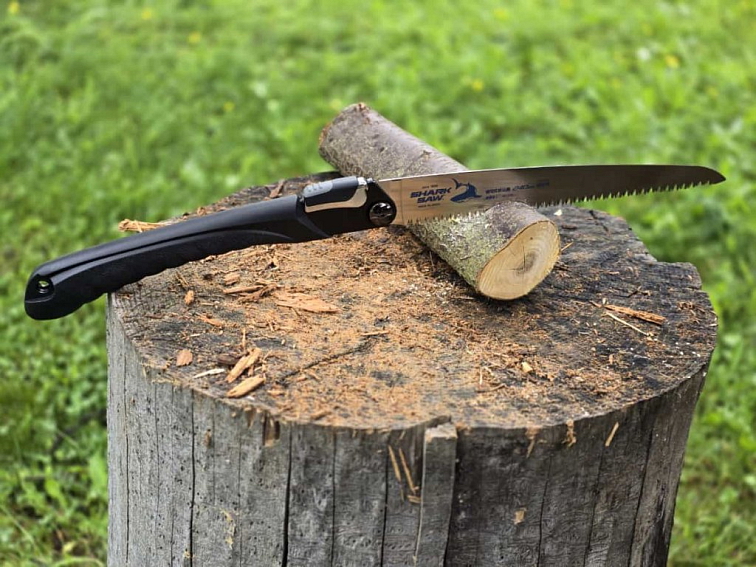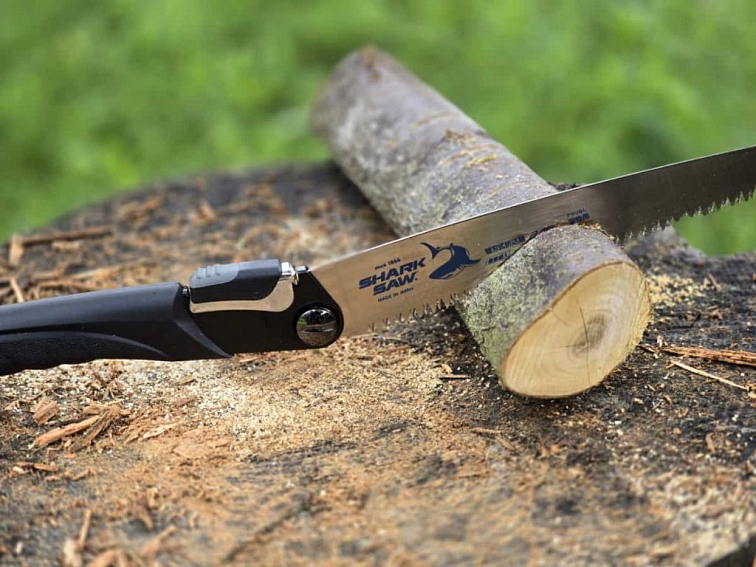Japanese saws are known for their quality, efficiency and precision. If you're deciding what kind of saw to get, here are a few reasons why a Japanese saw might be the right choice:
History:
Japanese garden saws have a long tradition and are known for their quality and craftsmanship. They are often made according to traditional methods that have been developed over centuries.
Blade materials and quality:
The blades are often made of high carbon steel, which ensures long life and sharpness.
Special finishes such as nickel plating or clear lacquer protect the blade from corrosion and make cutting easier.
Choosing the right toothing:Choosing the right number of teeth per inch (TPI) is key to effective cutting.Coarser teeth (with lower TPI) are better for softer and raw wood, while finer teeth (with higher TPI) are better for hard and dry wood.
Japanese garden pruning saws cut with a pulling action and are a specific type of garden saw designed for precise and efficient pruning of tree and shrub branches. These saws have a long tradition and are known for their quality and craftsmanship.
The pruning saws often resemble a curved knife, allowing for better control and precision when cutting branches. They are the smallest among garden saws, making them ideal for working in confined spaces or for detailed pruning.
Cutting saws are available in a variety of sizes, allowing users to choose the right saw for the task at hand. Smaller saws are suitable for fine work, while larger models can handle thicker branches. Many pruning saws have a folding mechanism that allows for easy and safe storage. Folding saws are also more portable, making them ideal for field work or travel.
Slightly curved saws often come with a protective sheath that protects the blade from damage while preventing accidental injury to the user.
Cleaning and Care: After each use, it is recommended to clean the saw of resin and wood chips. Applying a thin layer of oil, if necessary, will help protect the blade from corrosion.
Safety Precautions:
It is advisable to wear protective gloves when using the saw to prevent injury.
Saws should be stored in a dry place and out of the reach of children. A folding mechanism or protective sleeve ensures safety during storage.


























 Vytvořil Shoptet
Vytvořil Shoptet